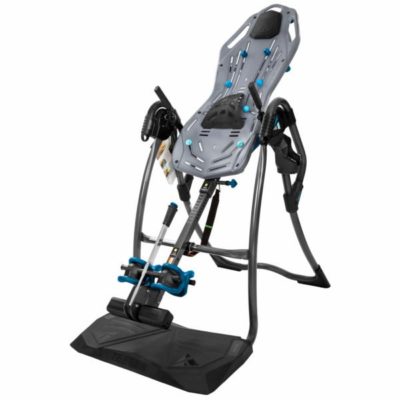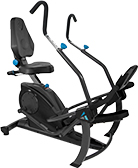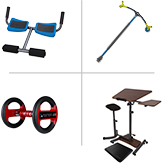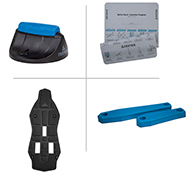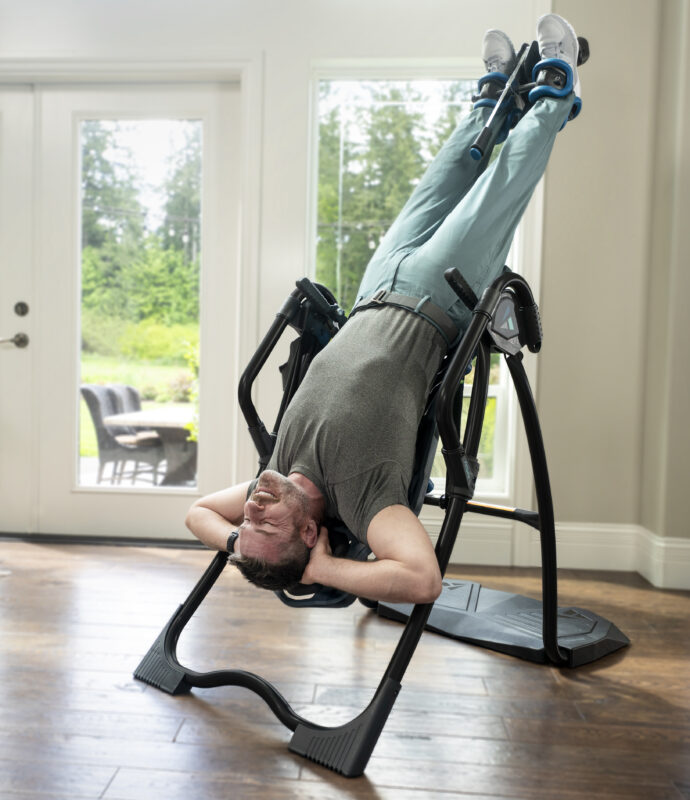Uncategorized
Revolutionizing Spinal Health: The Transformative Power of Teeter Inversion Therapy
Inversion therapy, with roots dating back to 3000 BC, took a significant step forward in the 1970s when dedicated products were introduced to the market, offering a promising solution to treat and alleviate back problems. Fast forward to today, and back pain remains a pervasive issue affecting many individuals, with chronic pain disrupting their daily lives.
Gravity, a well-documented culprit behind back pain, exerts force on the body and the spine. This force can lead to the loss of moisture in the spinal discs, causing vertebrae to move closer together. The consequences are manifold—pinched nerves, reduced flexibility, and misalignment. It is precisely at this juncture that inversion therapy emerges as a powerful ally against the enduring effects of gravity on the back.
Inversion therapy, recognized as a natural and effective form of treatment, extends its benefits across all age groups and fitness levels. Unlike invasive procedures or medical interventions, using a Teeter inversion table offers a gentle and passive approach to target the source of pain directly.
Beyond its role in relieving back pain, inversion therapy is believed to contribute to overall fitness. Inverted exercises enable the effective targeting of core muscles without exerting pressure on the spine, minimizing the risk of back injuries. Employing an inversion table post-workout aids in the restoration, repair, and recovery of the body, facilitating muscle growth and muscle lengthening.
Teeter Inversion Tables have earned the distinction of being classified as Class 1 medical devices by the FDA—the only inversion tables to receive such recognition. This designation underscores the safety and effectiveness of Teeter products in the realm of inversion therapy.
A comprehensive review in 2016, examining new information and studies related to Teeter Inversion, validated its efficacy in treating an array of conditions, including back pain, sciatica, spinal degenerative joint disease, spinal curvature, muscle tension, herniated disc, disc disease, spinal stenosis, facet syndrome, and muscle spasms.
Devoting just a few minutes each day to a Teeter Inversion Table can yield substantial benefits—rejuvenating discs, relaxing muscles, alleviating nerve pressure, and realigning the spine. This accessible and non-invasive approach offers a promising avenue for individuals seeking relief from back pain and a means to enhance overall spinal health.
